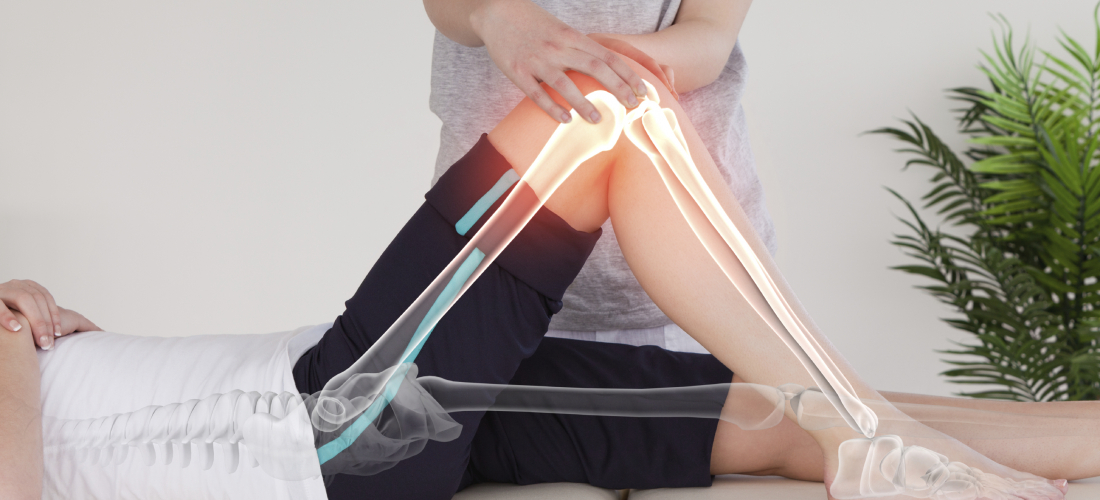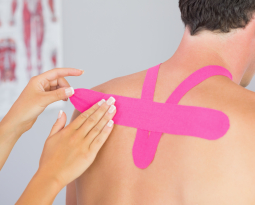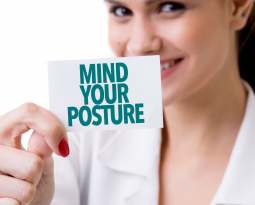
Proper Posture to Protect Your Knees
The prevention of knee injuries is directly related to the alignment of your posture. With poor postural alignment of the hips, the lower extremity is more susceptible to painful mechanical load and stress injuries.
Knee injuries commonly occur during sports. With postural maladaptation athletes are more susceptible to injury because they have faulty gait and sports biomechanics. Even slight changes in posture can dramatically impact an athletes ability to perform optimally and prevent lower extremity injuries.
According to McLean et al. (2005), knee valgus load during sports movement is viewed as an important predictor of non-contact anterior cruciate ligament (ACL) injury risk, particularly in females. Formulating movement strategies that can reduce valgus loading is an important consideration for the patient’s FITPosture rehabilitation program and preseason training.
Females have significantly larger normalized knee valgus than males. A greater peak valgus is associated with larger initial hip flexion and internal rotation, and with larger initial knee valgus angle. Peak knee valgus is more sensitive to initial hip internal rotation and knee valgus position in females.
Training of neuromuscular control at the hip joint may reduce the likelihood of anterior cruciate ligament injury via a valgus loading mechanism, especially in females. This is achieved with postural correction care. The prevention of an ACL injury can determine the athlete’s ability to continue their sports career or not, thus should be seen as a high priority for prevention.
Watson (1995) demonstrates the correlation of poor lower back posture and knee pain. The literature states that knee injuries of soccer players were found to be associated with lumbar lordosis and sway back posture. Patients who suffered from muscle strains had a higher incidence of lumbar lordosis, sway back and abnormal knee inter-space.
In this study it was noted that patients who suffered from two or more injuries had an overall lower body mechanics scores than the other subjects. In general, it was found that the incidence of ankle, back, knee and muscle injuries was influenced by the presence of defects of body mechanics and postural distortion patterns. These results suggest that intervention to improve body mechanics and dynamic posture is indicated to prevent athletic injuries.
Loudon et al. (1996) evaluated a group of female athletes to see common recurrent postural distortion patterns that were present among the injured group. They found correlations between lower limb posture and ACL tears. These postural distortion patterns include: Knee recurvatum, an excessive navicular drop, and excessive subtalar joint pronation. These findings suggest implications of postural rehabilitation strategies.
Research demonstrates the direct correlation of posture and knee pain and injuries. When patients present with postural distortion patterns, especially athletes they are more susceptible to knee injuries. Serious knee injuries, such as an ACL tear may result in knee surgery and complete rehabilitation.
This level of injury can end an athlete’s sports career, and can make life much harder for occupational athletes who need to stand and move to perform their job. Proper posture, especially of the lumbopelvic region of the Posture System, results in proper postural design of the lower extremity to efficiently disburse mechanical load, improve biomechanics, and prevent knee pain and injuries.
References:
Loudon, J. et al. (1996) The Relationship Between Static Posture and ACL Injury in Female Athletes. Journal of Orthopaedic & Sports Physical Therapy, 24(2) p. 91–97
McLean, S. et al. (2005) Association between lower extremity posture at contact and peak knee valgus moment during sidestepping: Implications for ACL injury. Clinical Biomechanics, 20(8), p. 863-870.
Watson, A., (1995) Sports injuries in footballers related to defects of posture and body mechanics. The Journal of Sports Medicine and Physical Fitness, 35(4) p. 289-294.













